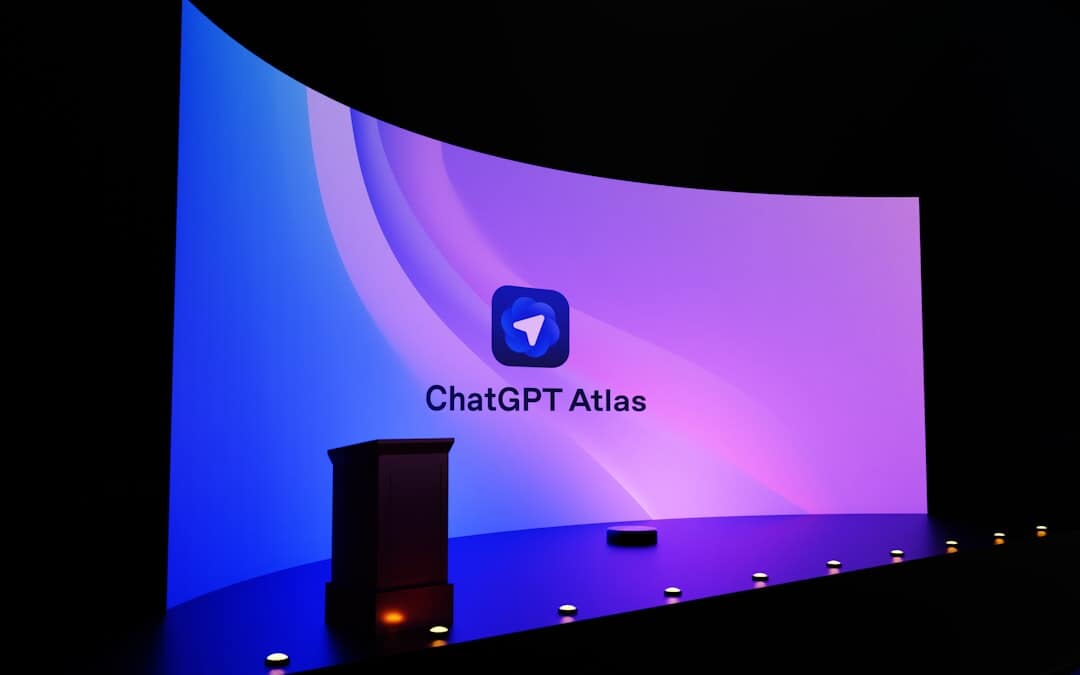AI chatbots are amazing tools, but they sometimes fabricate information. This can be frustrating for users seeking accurate information. This article will explore AI hallucinations solutions for this problem.
AI tools offer many benefits but also have drawbacks. This article offers insights and solutions to these quirks because AI hallucinations solutions are increasingly important.

Table of Contents:
- Understanding AI Hallucinations
- Addressing AI Hallucinations Solutions
- Combating Hallucinations in Practice
- The Future of AI Hallucinations Solutions
- FAQs about AI hallucinations solutions
- Conclusion
Understanding AI Hallucinations
AI “hallucinations” occur when an AI generates incorrect or fabricated information. This is not about sentient robots. It’s about how these statistical models predict the next word based on training data.
Sometimes, this leads to unexpected and inaccurate outputs. AI hallucinations can produce outputs unrelated to the training data. This poses a real problem for accurate predictions and decision-making processes.
Why Do AI Hallucinations Occur?
Data compression is one reason. Large language models (LLMs) compress tons of data into parameters, losing some information in the process. When generating responses, this lost information can lead to hallucinations. This is often caused by insufficient training data in machine learning models.
Another reason is ambiguity in training data. A chatbot might suggest strange things based on flawed data in its training datasets. Mistakes in training data, like adversarial attacks, can mislead AIs.
Incorrect user prompts also contribute to the issue. High-quality training is crucial for the learning process of an AI model.
Addressing AI Hallucinations Solutions
Completely eliminating AI hallucinations is challenging, likely improbable due to how LLMs work. Many are tackling this issue through various AI hallucinations solutions. One such method is Retrieval Augmented Generation (RAG).

Retrieval Augmented Generation (RAG)
RAG combats AI hallucinations by giving the chatbot a trusted information source. Imagine a lawyer using AI for legal research. They might provide an AI chatbot with relevant legal documents.
By limiting the chatbot to this source material and integrating retrieval augmented generation (RAG), developers limit inaccuracies. It also avoids fabricated legal cases and ensures accurate data retrieval for AI applications.
RAG increases factual accuracy but has challenges. One is when the AI generates responses beyond the provided information. The AI operates in a vast world where knowledge extends beyond any fixed material.
Harnessing RAG’s strengths means focusing its use within defined domains like medical diagnoses or legal fields. Accurate predictions rely on facts, not assumptions. Using RAG, the AI model can avoid producing hallucinations due to insufficient training.
External Fact-Checking
External fact-checking verifies AI-generated content against reliable sources. Google’s Gemini, for example, offers a “double-check” feature to improve fact-checking for high-quality training data.
This highlights confirmed or disputed facts. However, this is computationally costly and may slow response times.
Internal Self-Reflection
Internal self-reflection helps a chatbot identify inconsistencies in its answers. It’s like the chatbot questioning itself to achieve better outputs.
This increases reliability but adds computational overhead. Techniques like “chain of thought” prompting improve accuracy by encouraging systematic reasoning. This approach can also help in preventing ai hallucinations during the learning process.
Semantic Similarity
Semantic similarity analyzes the meaning and connections between responses a chatbot produces for the same question. High semantic diversity suggests uncertainty, similar to how large multimodal models can sometimes produce hallucinations.
Checking relatedness between AI answers helps engineers understand the bot’s “confidence.” How responses group or diverge may reveal more confident answers. Similar models have been effective in generating ai hallucinations solutions and mitigating ai hallucinations.

Combating Hallucinations in Practice
Here are practical AI hallucinations solutions: providing a knowledge base, forcing AI chatbots through self-reflection, and tracing the bot’s “logic chain.” These AI hallucinations solutions are valuable tools for data scientists and machine learning engineers.
These methods increase the odds of accurate answers. This is beneficial for applications that generate AI text or AI-generated content where factual accuracy is important. Rigorous testing of AI systems is crucial for accurate predictions.
Practical Examples
One common hallucination is in academic research, where chatbots fabricate references. Linking information from Wikipedia can help verify references, provided Wikipedia is used as source material at prompts.
In creative writing, AI can be a “sounding board.” For fiction, accuracy isn’t crucial. AI can explore character backgrounds, dialog options, and even complete stories from prompts.
There’s a key distinction between creative and non-creative uses. When tasking chatbots with creative generation, accuracy isn’t always the goal. Such AI hallucinations may be considered features in those cases. These AI hallucinations occur mostly when the data retrieved by the model is not completely accurate. Bad data often leads to bad predictions by an AI.
In software engineering, AI can assist with code development. However, AI could generate incorrect code if not used precisely with limited datasets.
Internal program test suites can validate AI-generated code. Several AI hallucinations solutions exist for programming, focusing on desired logic and fact patterns. Ensuring code correctness remains a constant focus.
The Future of AI Hallucinations Solutions
The quest for reliable AI systems is ongoing. As AI models evolve, so will hallucinations. Efforts to improve AI accuracy continue. These AI hallucinations can have major impacts, such as reputational damage.
Addressing this requires a multifaceted approach. Improved training models, better fact-checking methods, and deeper understanding of large language models are needed. Regular updates to an AI model can reduce such hallucinations.

FAQs about AI hallucinations solutions
How to fix AI hallucinations?
Completely eliminating them is difficult. Techniques like RAG, external fact-checking, and internal self-reflection can help. Refining training data and improving prompting methods also reduce errors. AI tools are being used across several industries to increase the reliability of AI models.
Will AI hallucinations go away?
It’s unlikely they’ll disappear entirely, but they can become less frequent. Ongoing research and techniques offer hope for mitigation. Preventing AI hallucinations requires multiple strategies and the implementation of best practices in machine learning. Effective AI hallucinations solutions are essential to prevent incorrect diagnoses or decisions based on flawed information.
What are the methods for mitigating generative AI hallucinations?
Retrieval Augmented Generation (RAG) restricts AI to reliable data sets, reducing incorrect outputs. Fact-checking solutions like “Double Check” validate AI-generated content. High-quality training data is essential. Improving training datasets helps ensure that AI models can effectively generalize and generate relevant responses.
Crafting prompts using specific prompting techniques helps the AI generate reliable results. These hallucinations may stem from several causes.
How to stop ChatGPT from hallucinating?
Prompting for transparency reveals inconsistencies, helping filter results. Supplying source documents via links or text prompts and limits the scope of outputs. Machine learning models rely heavily on high-quality training data. Insufficient training data or ambiguous training data may result in such AI hallucinations.
Conclusion
AI hallucinations are challenging but not insurmountable. Solutions are evolving to improve AI accuracy, including refined training and fact-checking. A deeper understanding of how these systems function is crucial.
Future innovations in datasets and software logic may mitigate or eliminate these issues. These advancements should also enhance AI’s creative potential for generating unique content, moving beyond simply regurgitating existing patterns. Historical data, for example, allows the AI chatbot to deliver more relevant responses, so including a date parameter can improve results. While AI hallucinations pose challenges, there are effective strategies for mitigating them. This involves carefully crafted prompts, using a verified knowledge base or dataset, rigorous testing, and refining prompting techniques.






